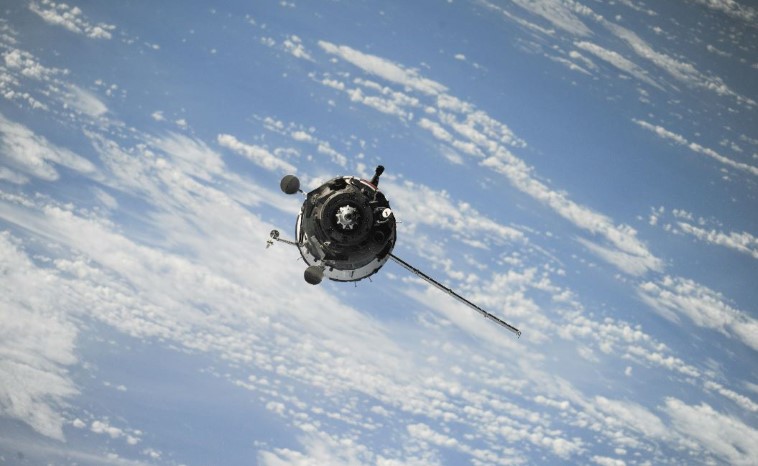Stranded in space: What is going on with Starliner?

Recent news report that as of now there are two Americans in space who don’t know when or how they will return to Earth. How did this happen and what is really going on up there?
Whenever something impromptu plays out, NASA is not really prone to sharing too many details, but this is what is known so far.
The Americans today have several operational projects of piloted spaceships. Their task is to:
- take people into space,
- travel to the ISS or the Moon,
- and return them safely to Earth.
Not an easy task, especially when you consider the dangers lurking at every step. Especially in the darkness of space.
So, Boeing’s debut, the Starliner spacecraft, after several years of testing, was finally launched with a crew (Barry Wilmore and Sunita Williams) to the International Space Station in Earth’s orbit. This event took place on June 5 this year.
It was supposed to be the first piloted flight that would confirm the operability of this type of space vehicles. In addition, the astronauts were supposed to return to Earth eight days later.
Today, more than a month and a half after the launch, Wilmore and Williams are still on the ISS, just like the Starliner spacecraft. So, the question of what caused this comes up.

Apparently, rocket engines and auxiliary thrusters don’t work as planned, part of the system doesn’t work at all, and part works chaotically, uncontrollably, which represents a not at all naïve situation for the safety of the astronauts.
NASA and Boeing have been trying to figure out the problems and find a way to solve them for weeks. Although in the meantime there have been several announcements that the astronauts will soon return home, it might not happen so soon.
Americans skillfully hide the true picture of the problem. In this sense, NASA has announced that the Starliner may be used as a rescue ship in the event of an emergency on the ISS. But that’s just in case there really isn’t any other alternative.
The engineers are probably facing an extremely demanding procedure of remotely repairing a piloted spacecraft. Nothing alike has been executed in the history of human flight into space.
Options certainly still exist, but NASA’s solution which is maneuvering and landing the Starliner with a crew on Earth, and even just separating it from the ISS, seems rather risky and unknown. It will be necessary to learn how to fly under these new circumstances, using the main, auxiliary and reserve systems, or their combinations with simultaneous shutdown of faulty systems.

Wilmore and Williams are now part of the ISS crew, enjoying an unplanned extended stay in space. Return options in case the Starliner cannot be serviced are using SpaceX’s Dragon or Russia’s Soyuz, although the latter seems more unlikely.
Space is not a place that forgives mistakes. Fourteen astronauts have lost their lives in American spaceships to date!
We wish Boeing and NASA engineers to prepare the Starliner for a safe return. Let’s just hope that the lessons they learn now will contribute to the safety of humans in space during future launches of this type of spacecraft.
Before we reach that level, NASA has yet to resolve the current issue. We wish Barry and Sunita a safe return to Earth in the coming weeks or months.

